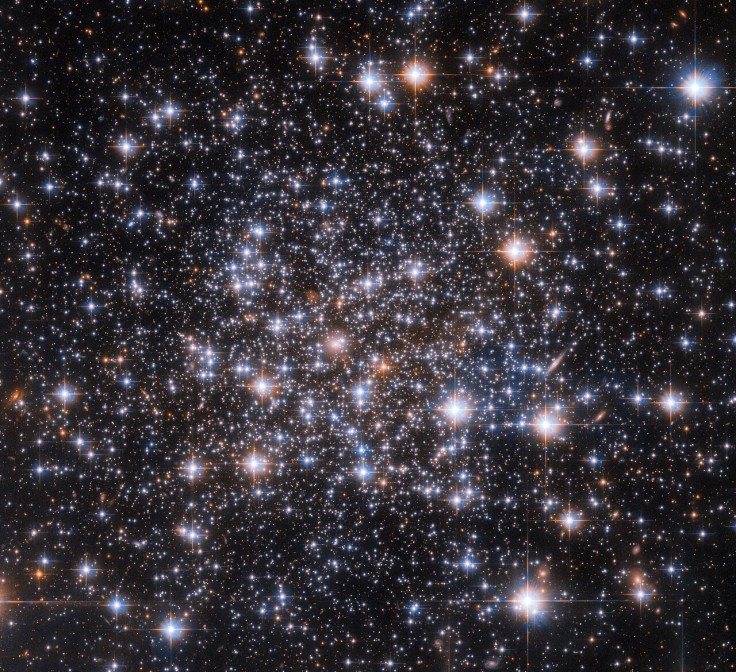The NASA/ESA Hubble Space Telescope was used by a celestial workhorse and its dedicated group of astronomers to peek into an astronomical enigma in search of clues.

Enigmatic Globular Cluster
Ruprecht 106 (also known as C 1235-509) is a star in our Milky Way galaxy that can be found 69,100 light-years from Earth in the constellation Centaurus. It was discovered in 1961 by Czech astronomer Jaroslav Ruprecht, according to Space.com.
Even if the core stars in a globular cluster were all born at the same time and in the same place, scientists agree that there are stars within these cosmic nurseries that have unique chemical compositions that can vary greatly. Groups of stars with very slightly differing ages or compositions from the rest of the cluster leave these discrete chemical fingerprints. This fluctuation is thought to represent subsequent stars formed from gas tainted by processed material from larger first-generation stars, according to astronomers.
Space.com noted that rare globular clusters, such as Ruprecht 106, lack these types of stars and are classified as single-population clusters, meaning no second- or third-generation stars have ever formed. Astronomers think that a closer examination of this fascinating globular cluster would reveal why it only has one generation of stars.
How Was the Photo Taken?
Hubble's Advanced Camera for Surveys (ACS) took several exposures in the visible and near-infrared parts of the spectrum to create this stunning color image of Ruprecht 106. ACS is one of Hubble's most versatile instruments, as per European Space Agency (ESA).
What is the Hubble Space Telescope?
According to NASA, the Hubble Space Telescope is a large solar-powered telescope in space that was launched into orbit by space shuttle Discovery on Apr. 24, 1990. Hubble orbits about 547 kilometers (340 miles) above Earth and travels about 5 miles per second.
Hubble has made more than one million observations. It takes sharp pictures of objects in the sky such as planets, stars and galaxies, which include detailed pictures of the birth and death of stars, galaxies billions of light years away, and comet pieces crashing into Jupiter's atmosphere.
What Instruments Are on Hubble?
Hubble has five scientific instruments which are as follows:
The ACS photographs enormous regions of space. These photos have helped scientists in their research into some of the universe's earliest activity.
Hubble's primary camera is the Wide Field Camera 3, which investigates anything from faraway galaxies to the planets of our solar system. Near-ultraviolet, visible, and near-infrared light are all visible to the camera.
The ultraviolet light is read by the Cosmic Origins Spectrograph. This spectrograph analyzes the formation and evolution of galaxies, stars, and planets.
The Space Telescope Imaging Spectrograph assists scientists in determining the temperature, chemical composition, density, and velocity of objects in space. It's also been used to look for black holes.
The Near Infrared Camera and Multi-Object Spectrometer (NICMOS) detects objects in deep space by measuring their heat emissions. NICMOS aids scientists in their research into the formation of stars, galaxies, and planetary systems.









